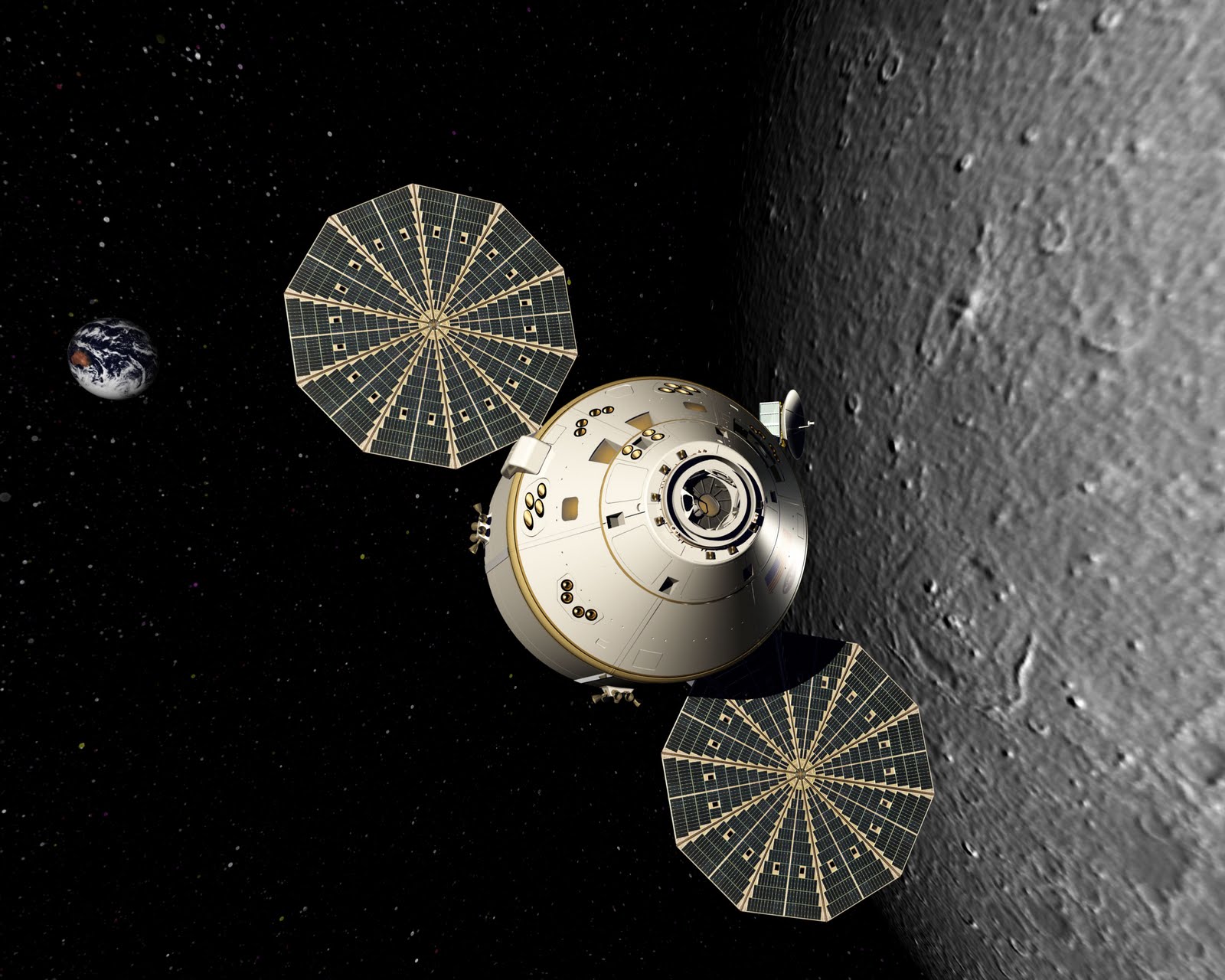(Jupiter) (Mars)
The students discussed the characteristics and learned about terrestrial planets and jovian planets. We learned that there are 882 confirmed exoplanets (http://planetquest.jpl.nasa.gov/) and many others unconfirmed. Exoplanets are so far away that we don't know much about them, we designed our own planets which we imagined might exist beyond our solar system's borders.
Once they'd designed their planets on paper they made them on the computer using Inkscape:
(add more planet drawings)
How many planets in our solar system have people been to? We've only been on one, Earth. We've been to the moon, which is a satellite of Earth. But the moon is really close compared to other planets. We talked about how long it takes to get to the moon, Mars, etc. and how long it would take to get the the edge of the solar system. We talked about what would be required on a deep space mission and that it would (likely) require generations of people to complete the journey. They students looked at spacecraft both theorized by current scientists and from science fiction:

,_ENT.jpg)
Orion Spacecraft USS Enterprise
(NASA, Earth) (United Federation of Planets, Star Trek)
Similar to the planet project the students designed their ships' exteriors to be made in Inkscape later. They also drew diagrams of their ships interiors with all necessary parts- cockpit, laboratory, storage, air & water recycling, a place to grow food, medical facilities, etc.
More information and resources:
The solar system- http://solarsystem.nasa.gov/kids/
Images- http://www.nasa.gov/
Exoplanets- http://planetquest.jpl.nasa.gov/






No comments:
Post a Comment